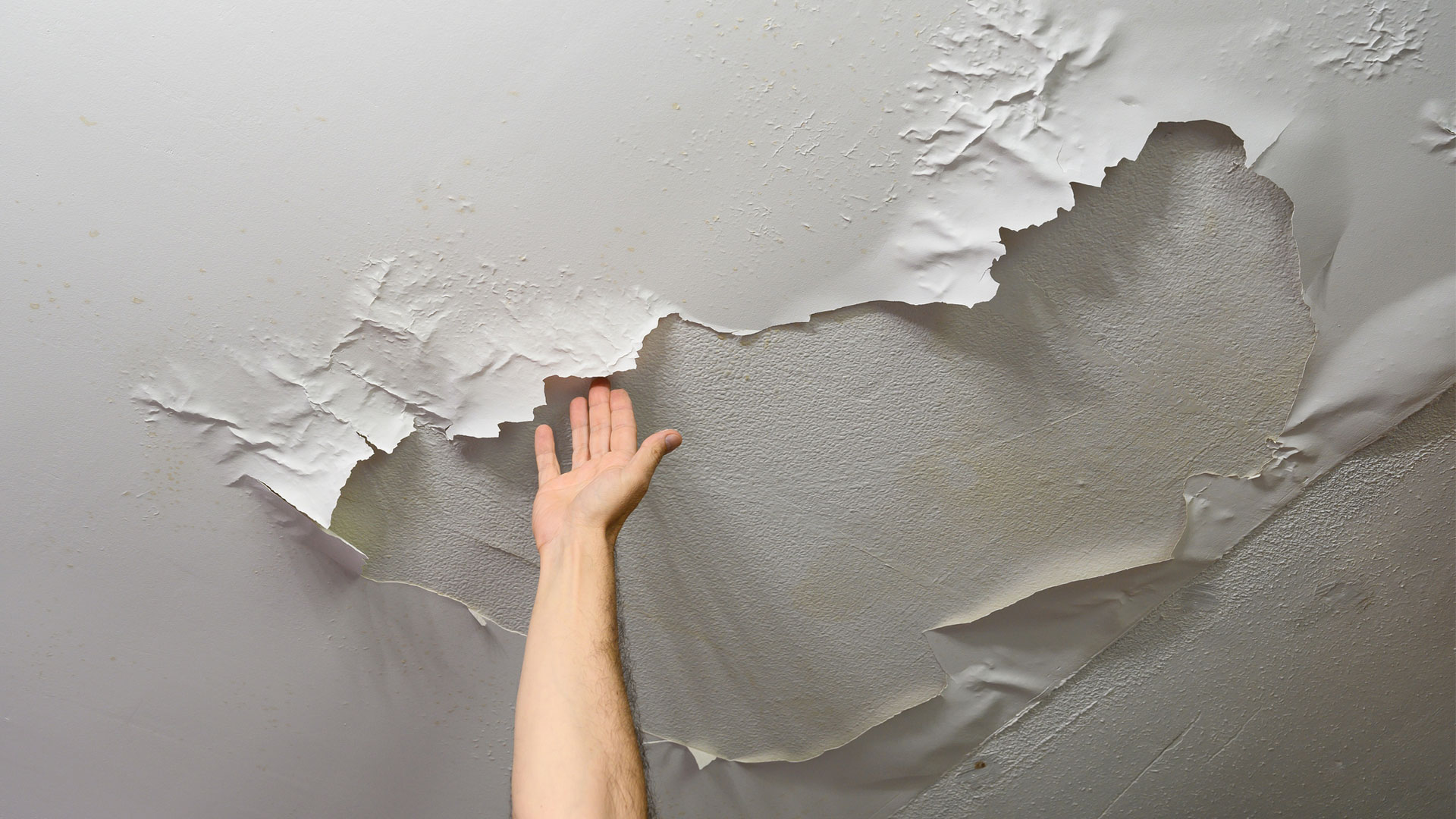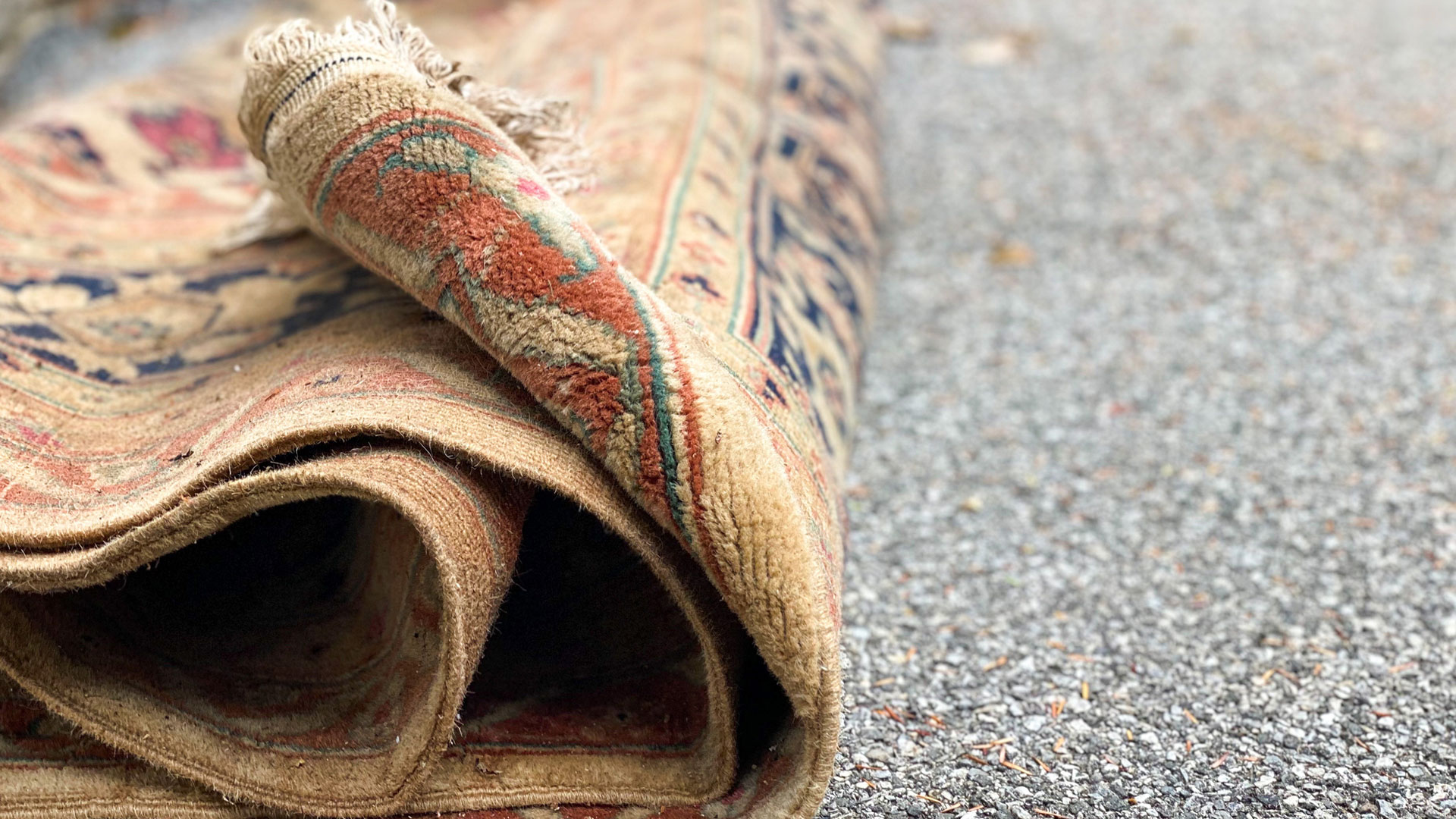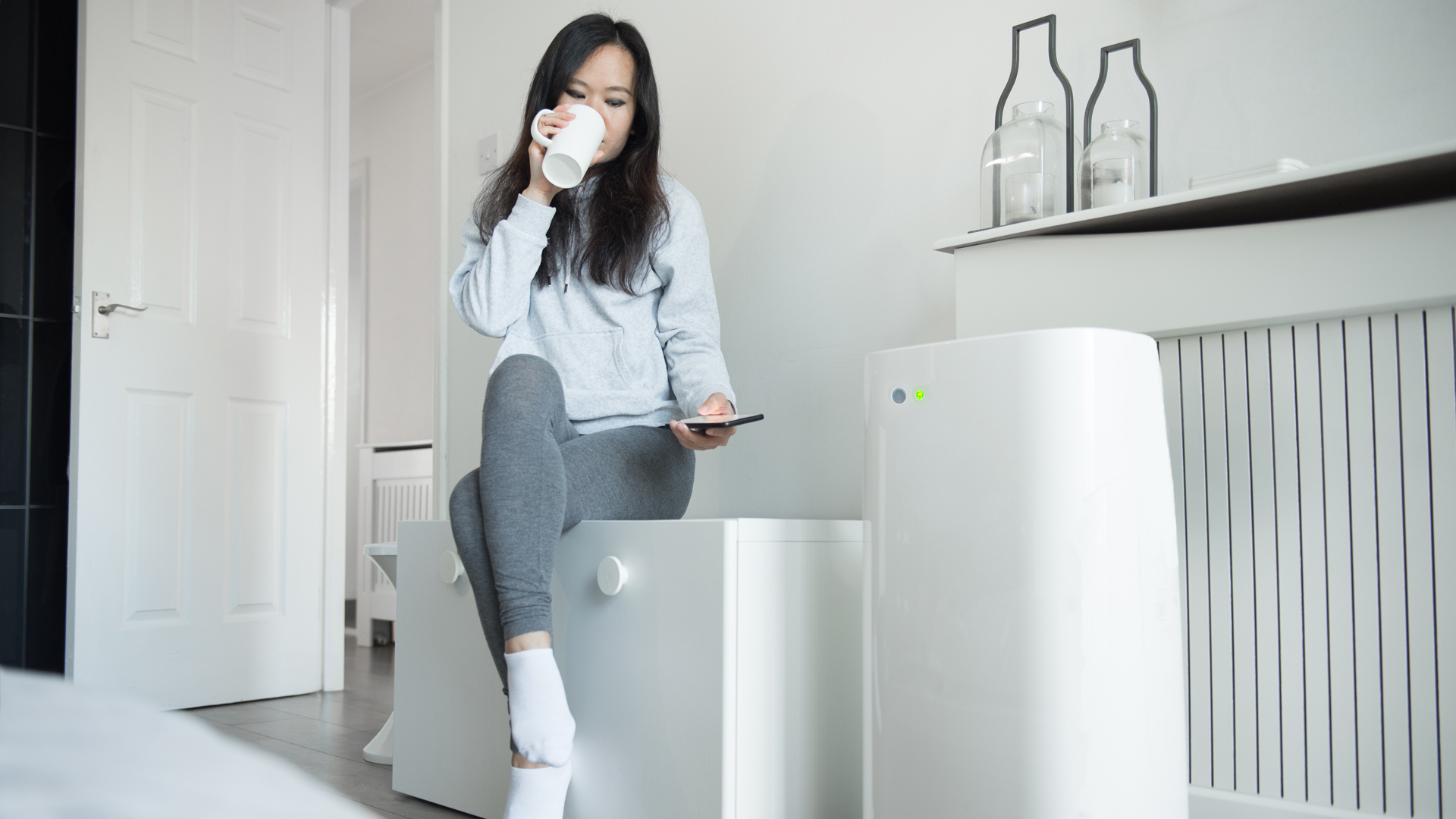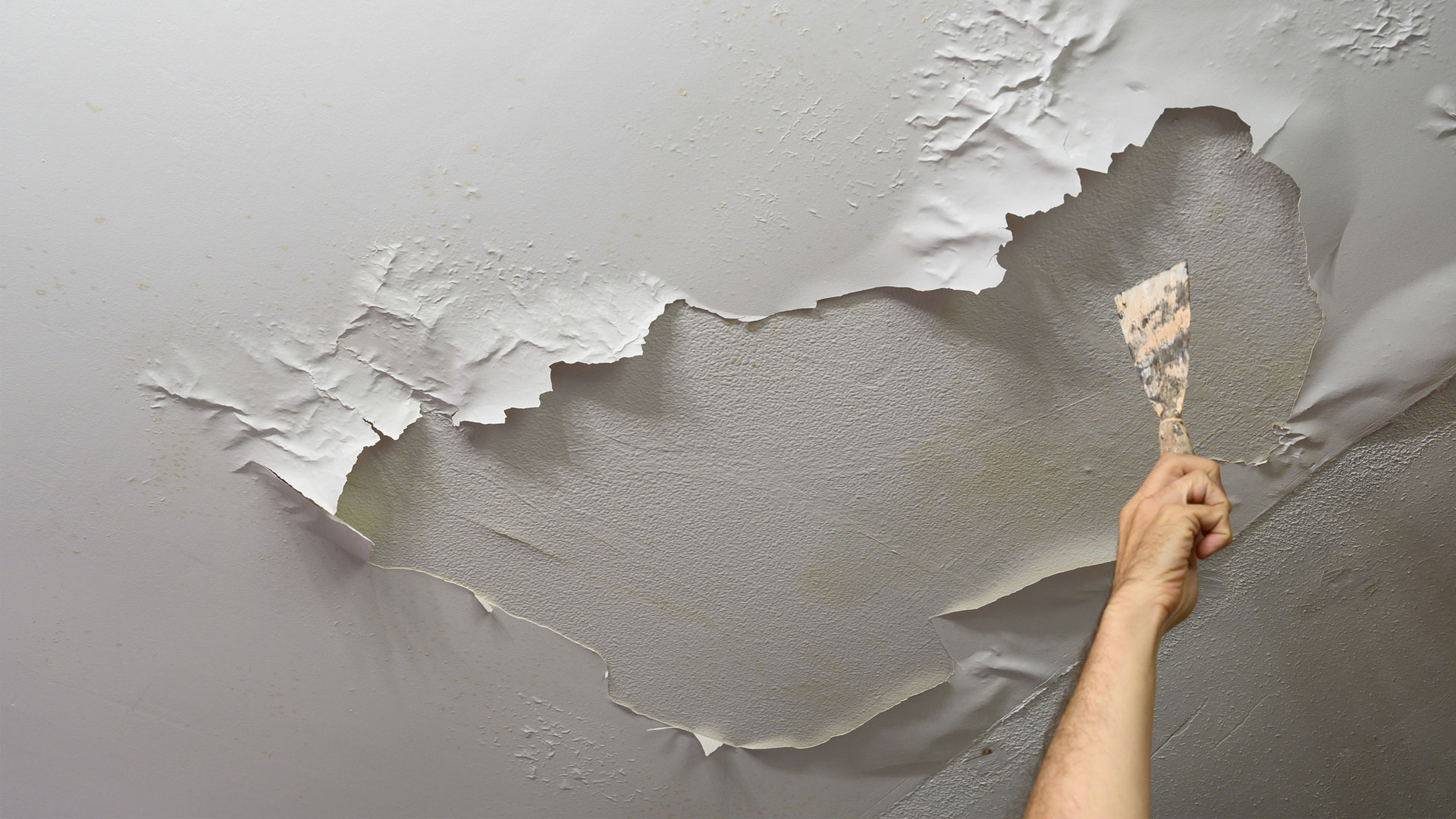What causes dampness in a house?
Condensation can lead to mold and other major issues, but what causes dampness in a house?

Know how to spot the signs and find out exactly what causes dampness in a house with this article.
Anyone that has been to a tropical or humid place will know that stickiness and condensation are associated with moisture-filled air. This can also happen in the home after too many showers, using a clothing dryer without good ventilation, or having water leaks in the structural foundations. Condensation can start to form on windows and other surfaces and you may start to notice a musty smell.
- Related: Best dehumidifiers
This excess moisture may show as damp spots on the walls or ceilings or as visible mold, which may have a range of health effects. Research cited in the International Journal of Indoor Environment and Health found that indoor visible mold is strongly associated with wheezing in children aged one to seven years old.
In an article in the Internal Medicine Review Journal, researchers conducted a literature review of 114 studies that looked at the health problems associated with indoor dampness and mold. They found that 98.2% of studies reported that negative health effects were linked with water-damaged buildings. People reported asthma symptoms, allergic reactions, wheezing, coughing, difficulty breathing, and impacts to the eyes, skin, and upper respiratory tract.
Some people may also be more at risk of health impacts from damp homes, including people with conditions like immunosuppression or cystic fibrosis, the elderly, and children.
Why does damp occur?
Having a long, hot shower or cooking a stew for hours can cause all of your windows to steam up. Condensation happens when warm air hits a cold surface, like a window or wall. Even normal cleaning activities, like mopping floors or shampooing a carpet, can create moisture which leads to dampness in a home.
Indoor mold is most likely to happen in humid and tropical areas of the world but shows up anywhere. It’s estimated that 10 to 15% of indoor spaces in North America struggle with indoor dampness, according to the World Health Organization (WHO). Humid environments also create ideal conditions for unwanted pests like cockroaches and dust mites.

Mold needs water and food to grow. These microorganisms can get sufficient nutrients from the dirt and dust in our homes, which contain human and pet skin cells, hair, and other particles. The EPA states that mold can grow on any surface made of organic materials, including wood, paper, carpet, and insulation. They can then gradually destroy the surfaces that they’ve spread to.
• Related: Dehumidifiers on sale
Water can get into a home from the elements outdoors, such as after a thunderstorm or heavy rain. You may notice paint or wallpaper peeling from water damage. Drying washing inside your home without adequate ventilation can also cause issues. The WHO states that homes that are overcrowded or lack appropriate heating, ventilation, and insulation are more likely to be damp. A house’s heating, ventilation and air conditioning (HVAC) system should be in working order to properly control the level of moisture.
How to get rid of dampness in a house
The United States Environmental Protection Agency (EPA) recommends that indoor spaces maintain humidity levels between 30 and 60%. Dampness can grow into mold, which can damage many parts of your home, including the furnishings, walls, and flooring.

Some areas of the house, such as crawl spaces, the basement, laundry room and washrooms, are particularly prone to dampness. Getting rid of dampness in your house will prevent structural damage, which can result in costly repairs, and help you avoid the health issues that can arise from mold.
There are ways to get rid of mild dampness in your home, as recommended by the United States Environmental Protection Agency. These include:
- Let out that hot, moist air from a bath or shower by opening a window or turning on a fan.
- Dry clothing outdoors or use a tumble dryer indoors with proper ventilation to the outdoors.
- Eliminate steam when cooking. Use a lid on your pot to reduce escaping moisture or an overhead exhaust fan.
- Use a dehumidifier to improve moisture levels in your home
- Check the pipes in your home for any signs of leaks and water damage. The windowsills may also show signs of extra moisture. Make sure to repair water-damaged parts of the house before it gets too serious.
Long term solutions to eliminate damp in a house
The Journal of Applied Microbiology states that there are advanced technologies for preventing dampness in homes, including surface-coating materials that inhibit mold growth. The EPA added another way of staying on top of dampness which is incorporating vapor barriers in the walls and floors which prevent the absorption of extra moisture in the air.
Keeping your home at a consistent temperature will also keep dampness in check. In the winter, cold spots can form around your home, such as in crawl spaces. When heated air comes in contact with these cooler surfaces, condensation forms. Insulation can be installed to ensure all areas of your home maintain a consistent temperature.

Dehumidifiers can be set to optimal humidity levels, between 30 and 50% of what is called relative humidity. Make sure to empty the water tray when it is close to full. Position your dehumidifier in an area of the home with clear airflow around and through it. Close all the windows and doors when it’s running to make sure the humidity is efficiently being pulled out of the air.
Remodeling and repairing a home can help to remedy problems with dampness.
If a home’s HVAC system is not working properly, it can increase dampness and potentially spread mold throughout the home, according to the EPA. Make sure to consult a professional if you suspect problems with your HVAC system.
Sign up for the Live Science daily newsletter now
Get the world’s most fascinating discoveries delivered straight to your inbox.
Lindsay Lafreniere is a freelance writer, editor and podcast producer. Lindsay has more than eight years’ experience working in communications, journalism and media relations, including in corporate, non-profit, government, hospital and university environments. Lindsay has worked for various media including broadcasting at the CBC, and in documentary production and magazine publishing at the Walrus, and has also held positions in academic and government communications and corporate online marketing. Lindsay received a bachelor’s degree in Psychology and English from Victoria University in Canada and a Graduate Diploma in Journalism from Concordia University.











